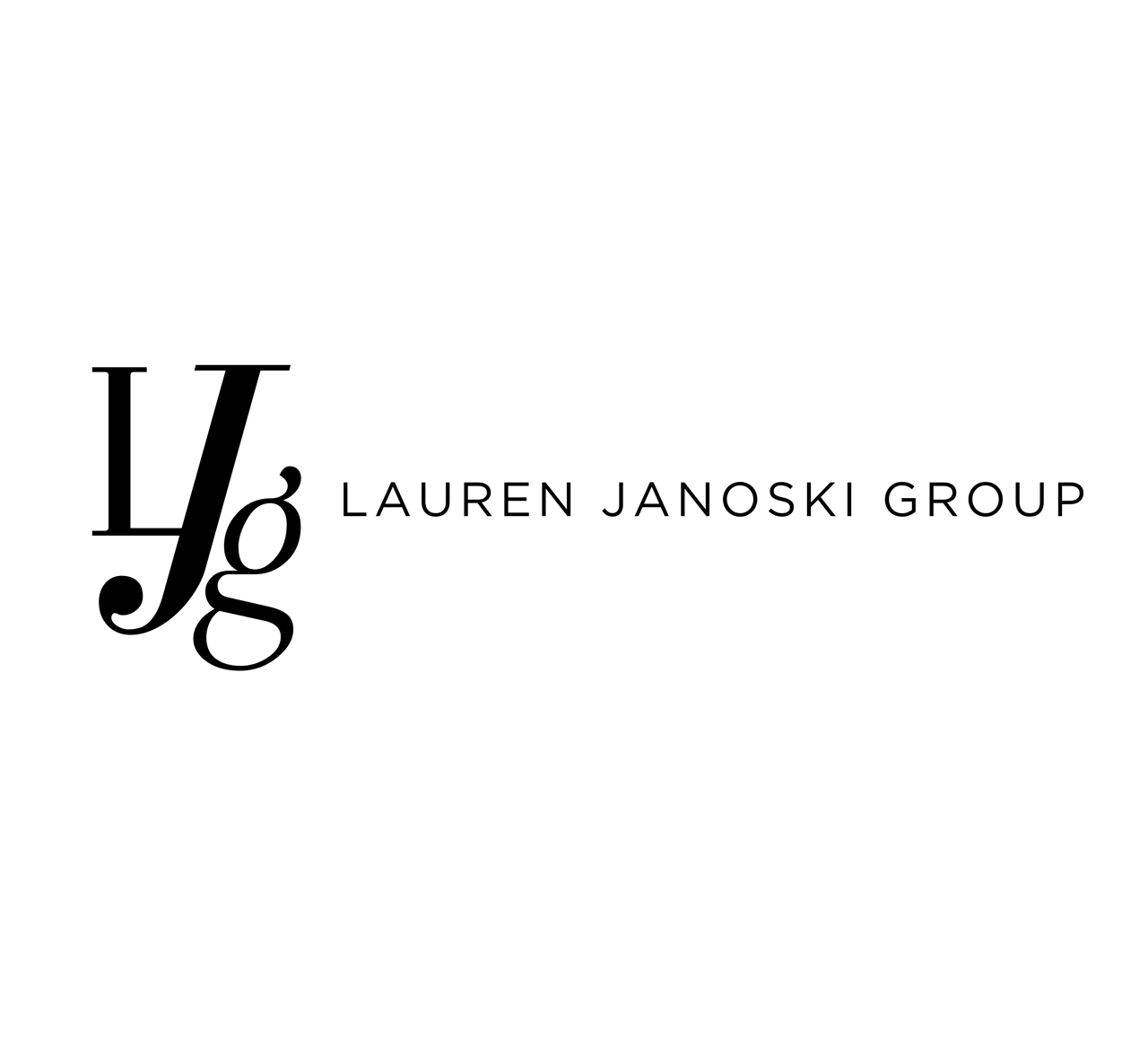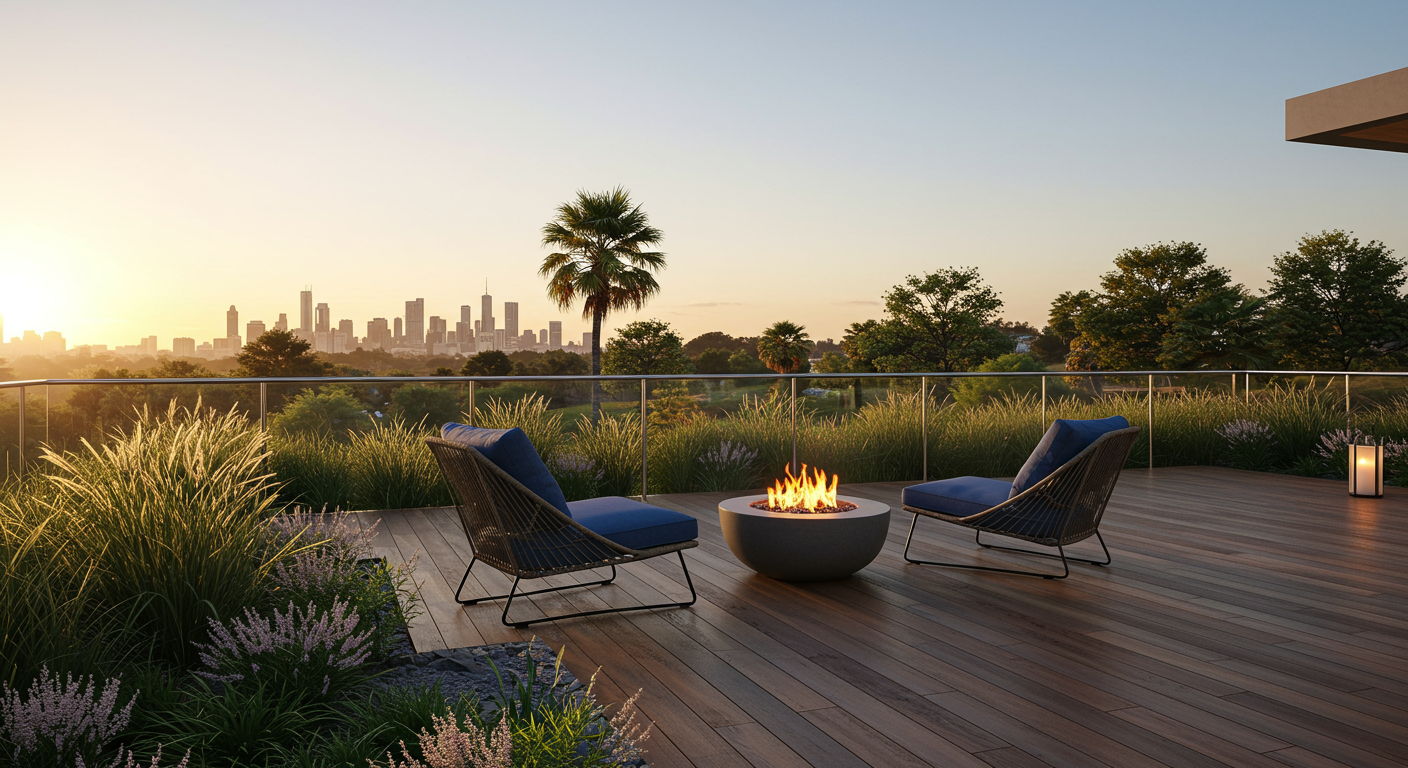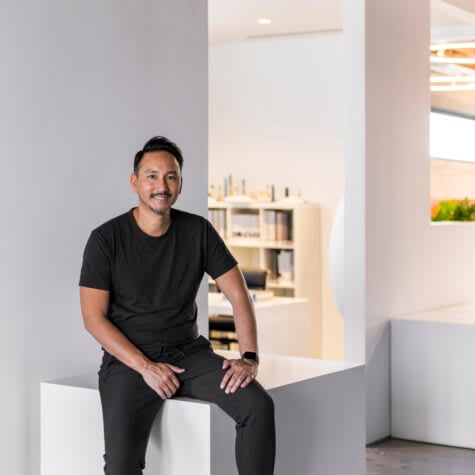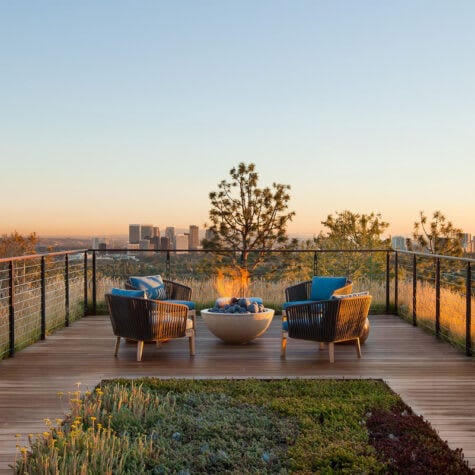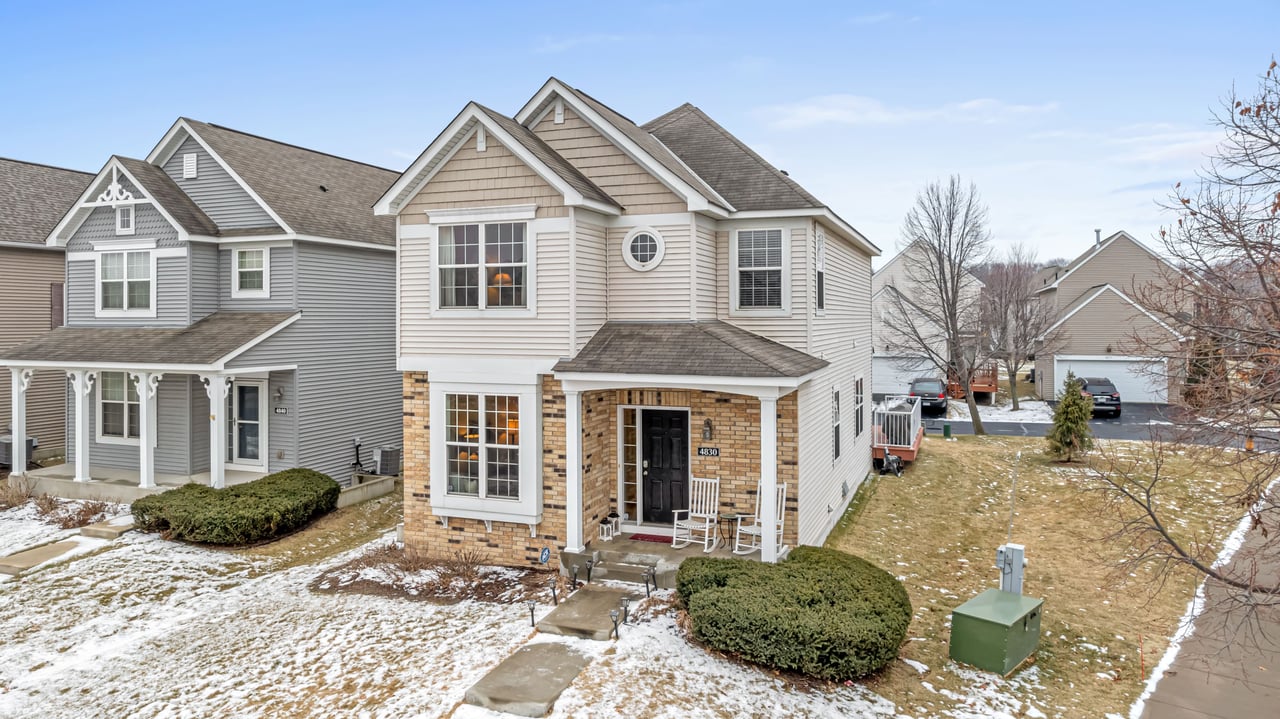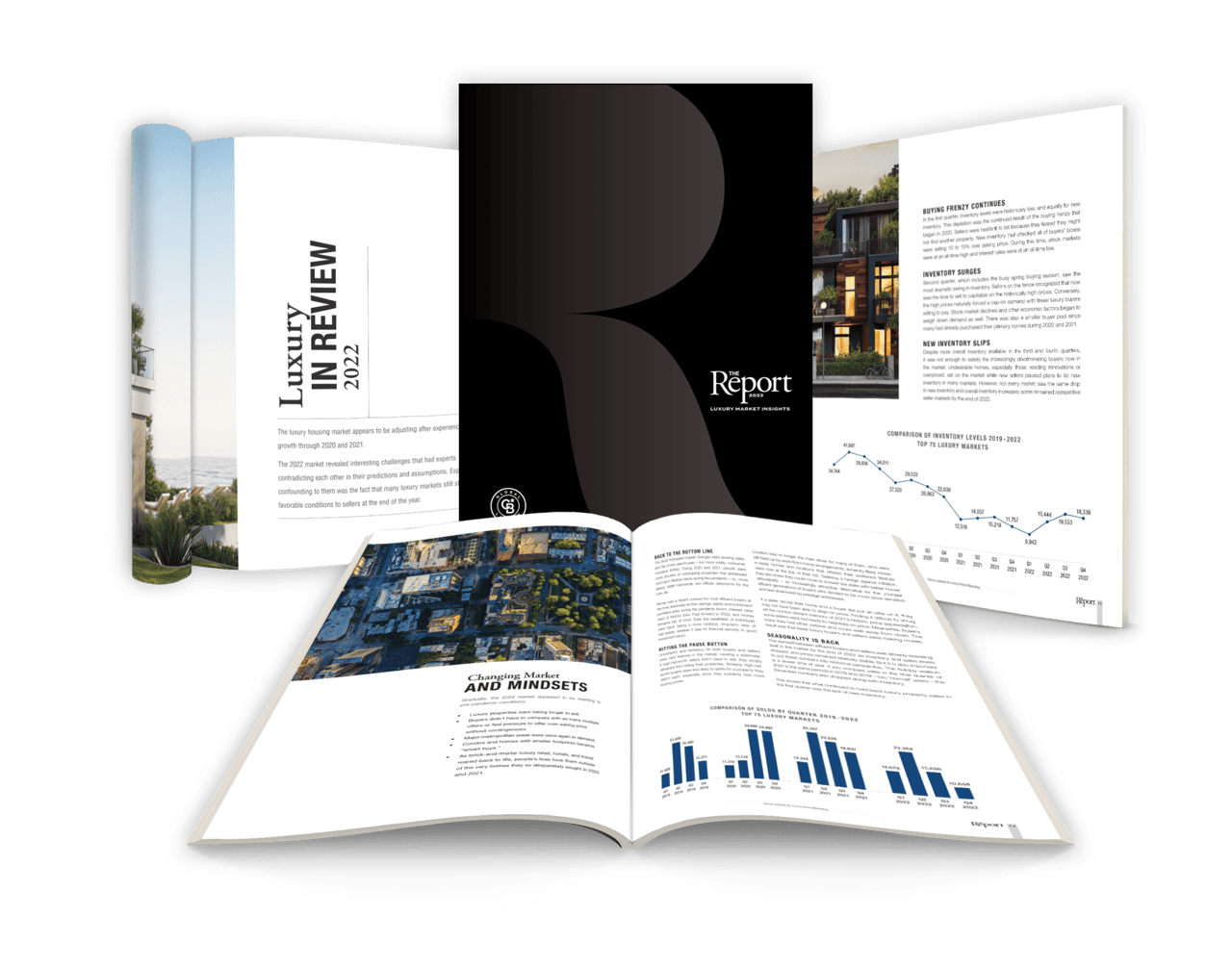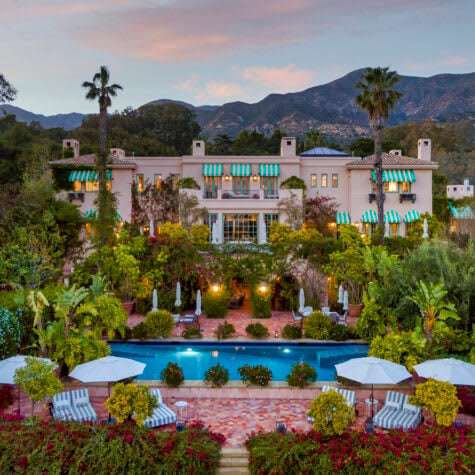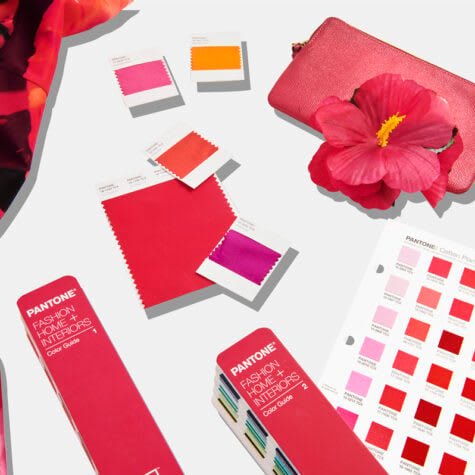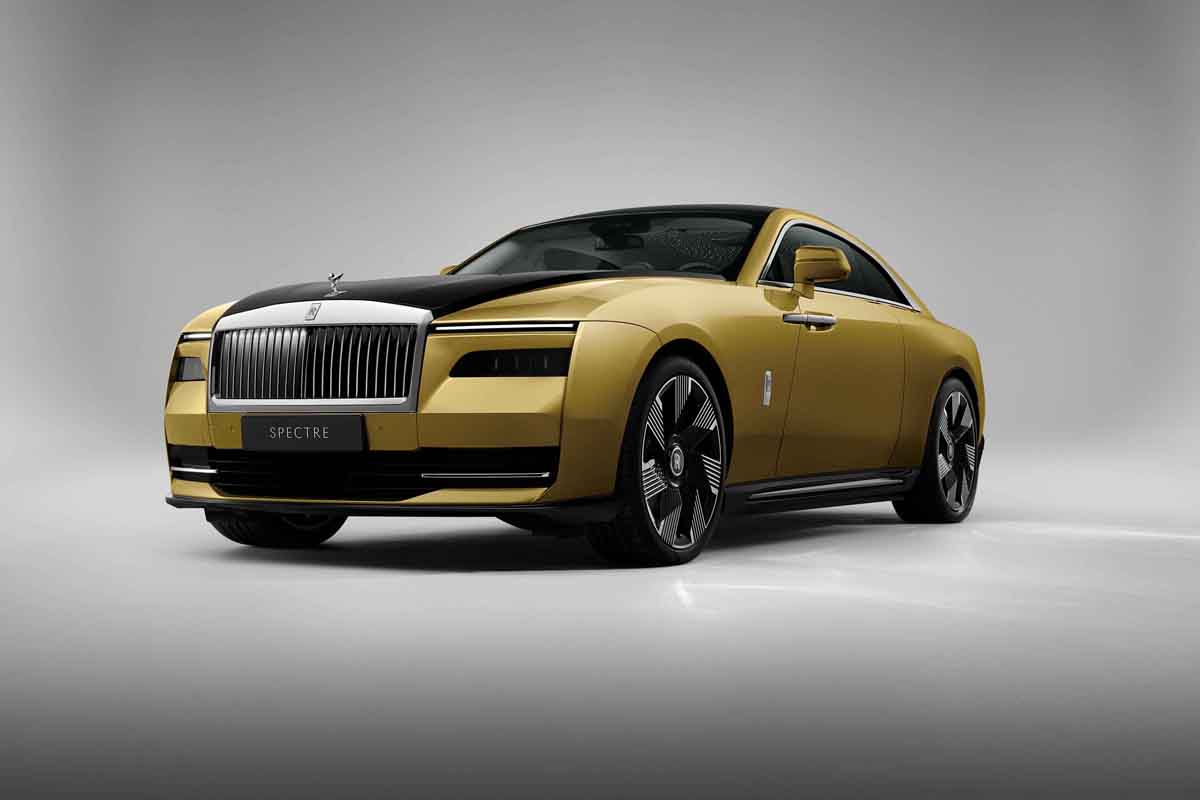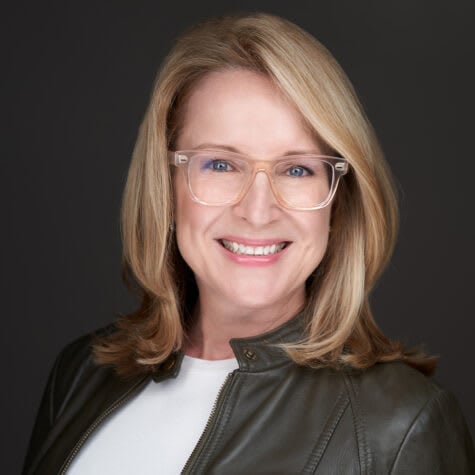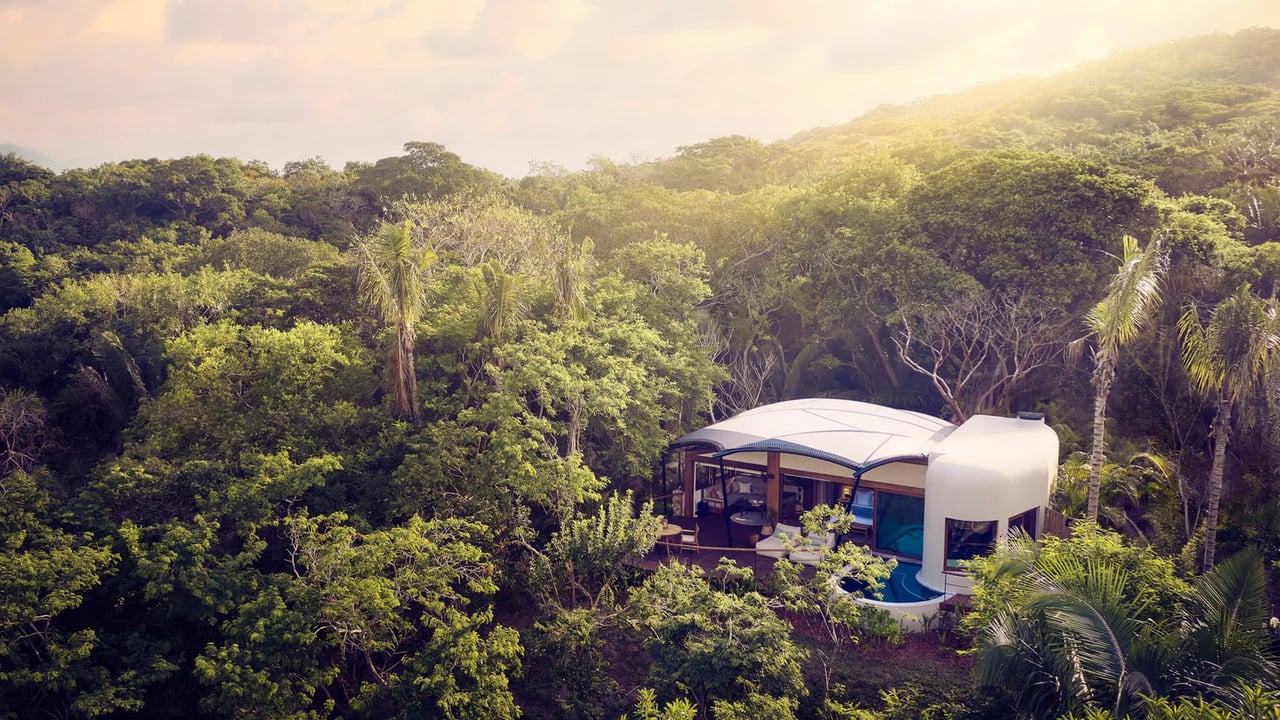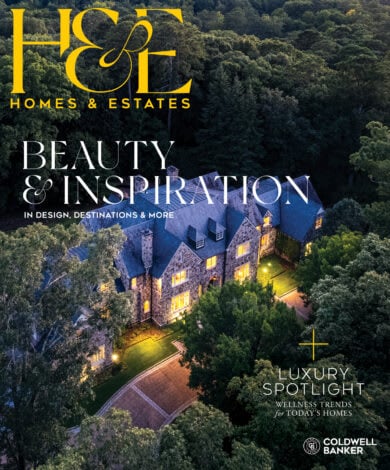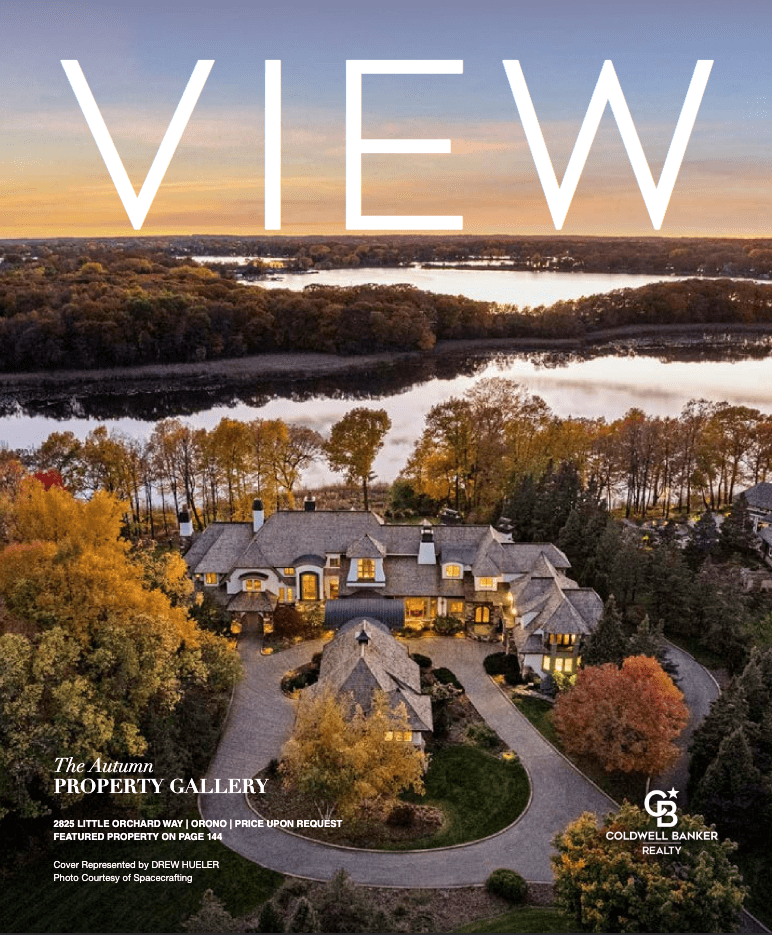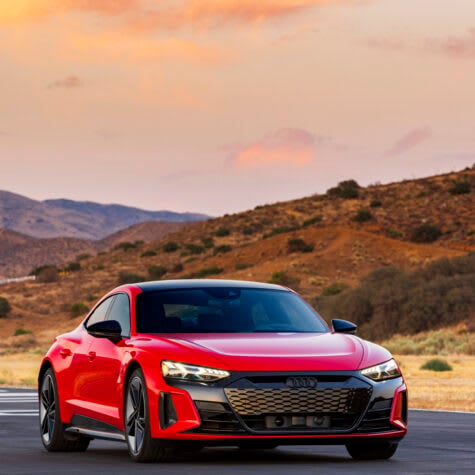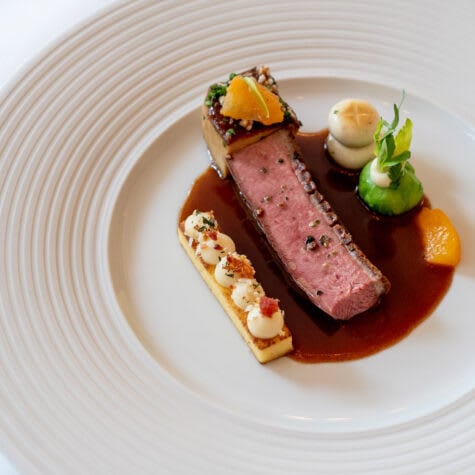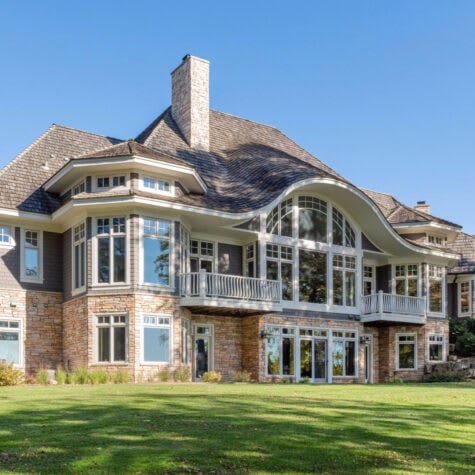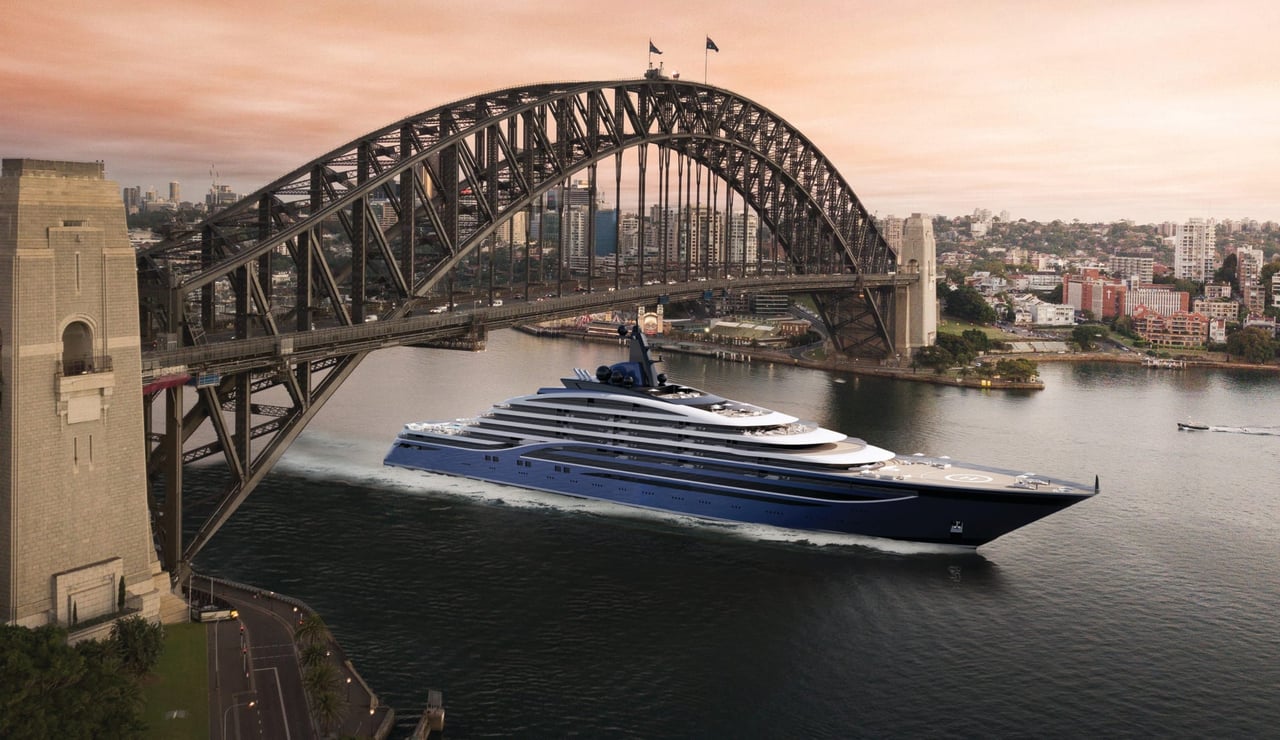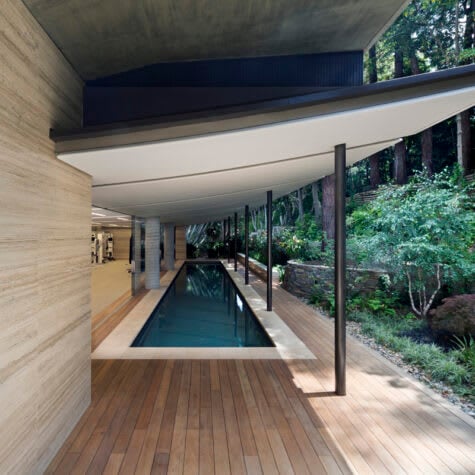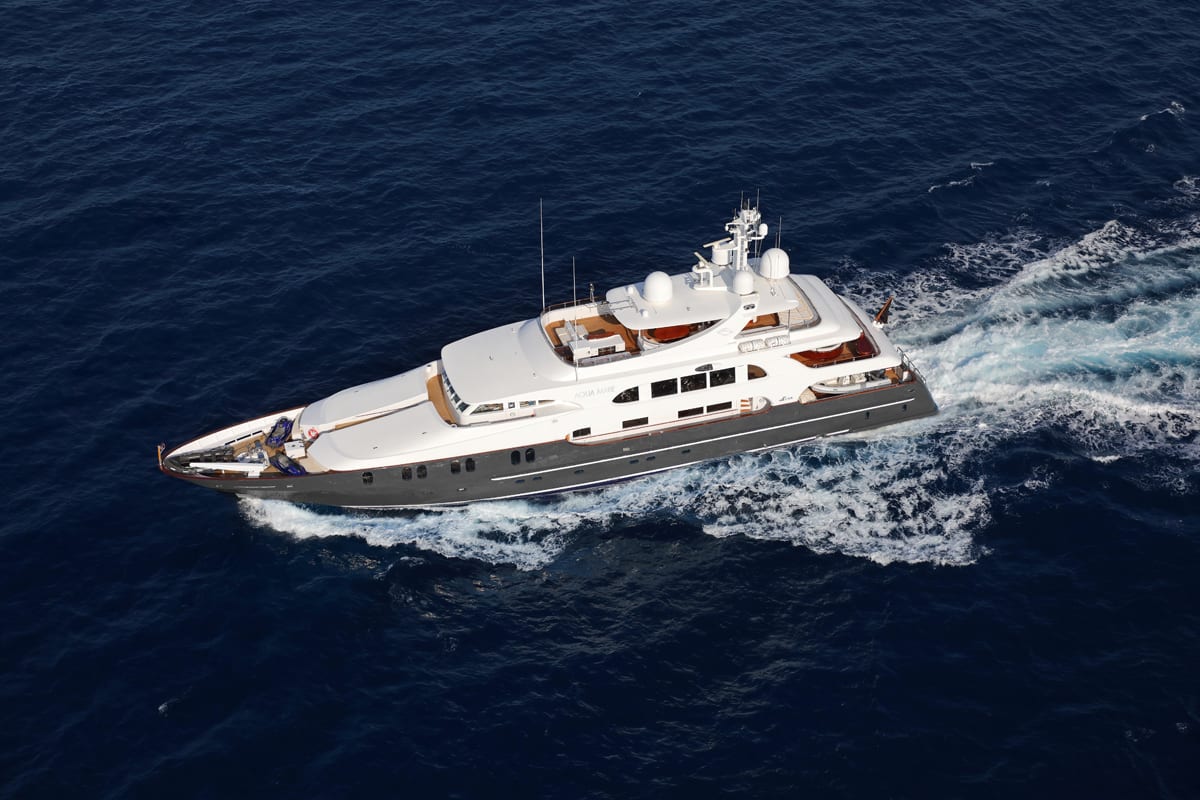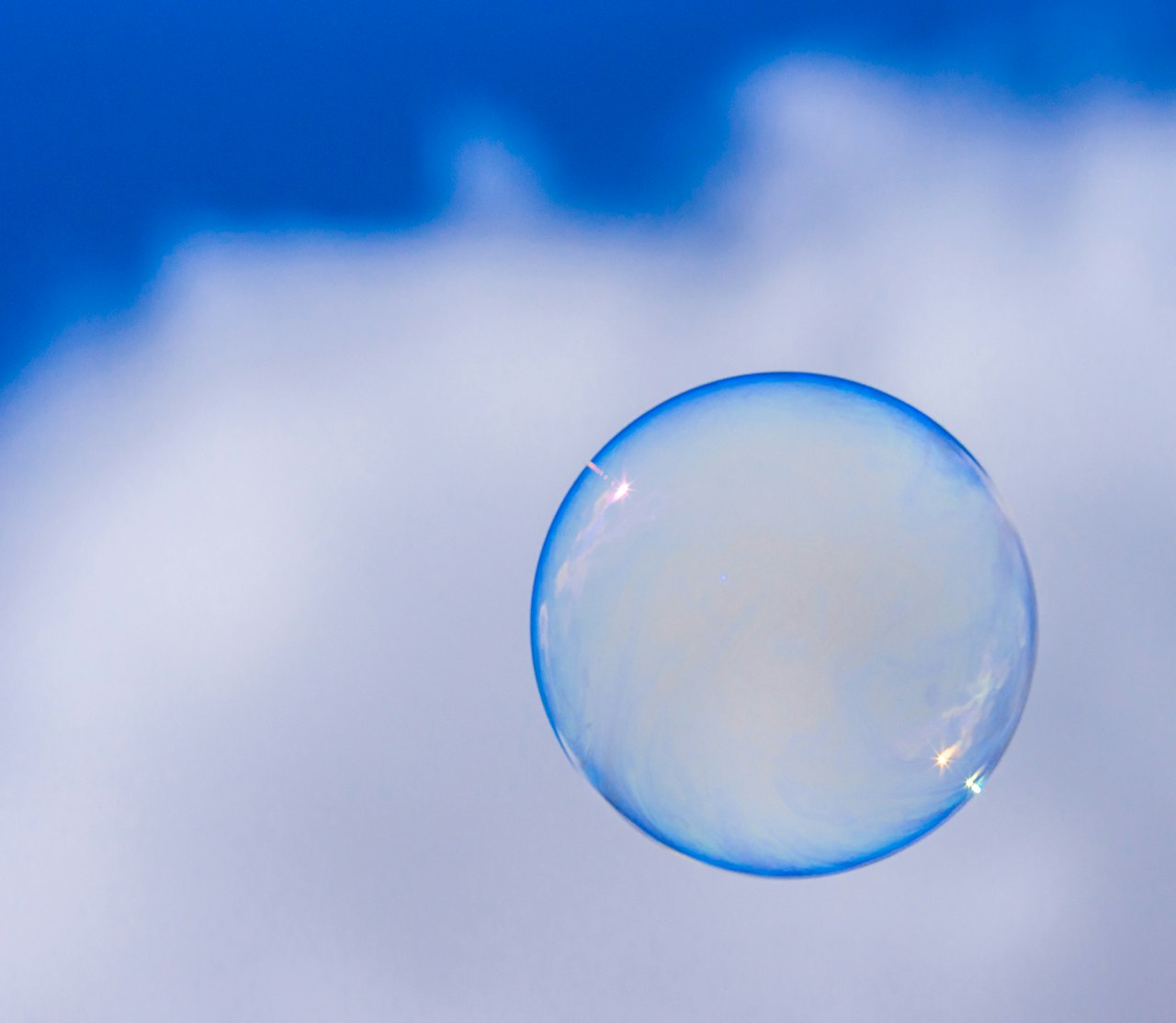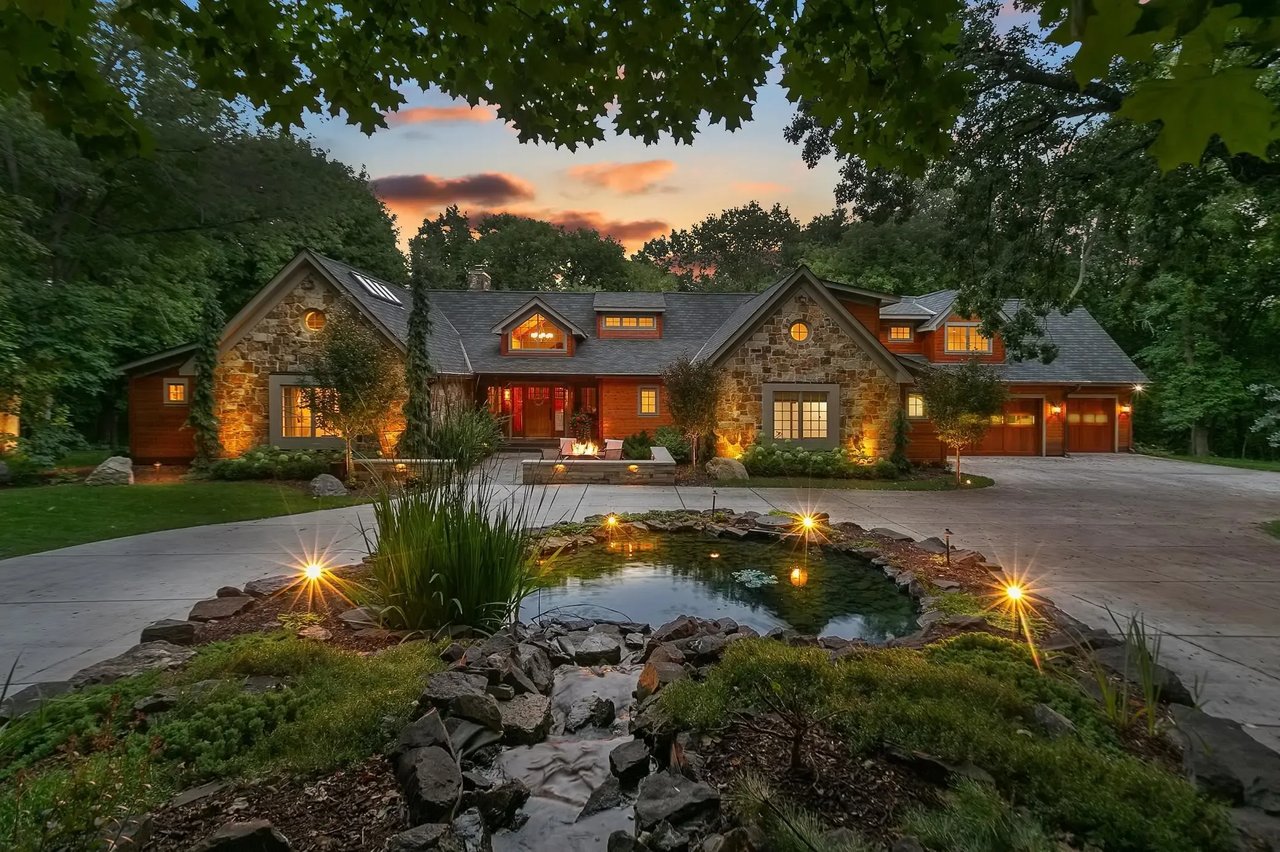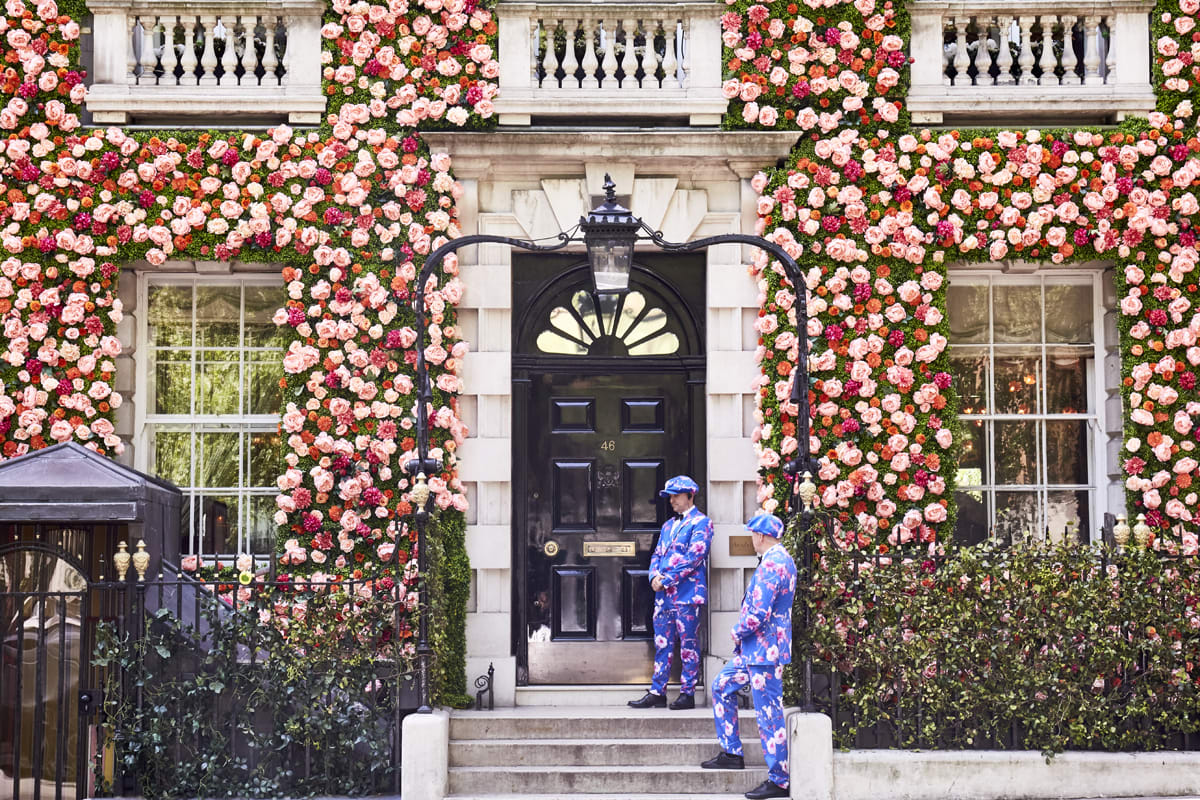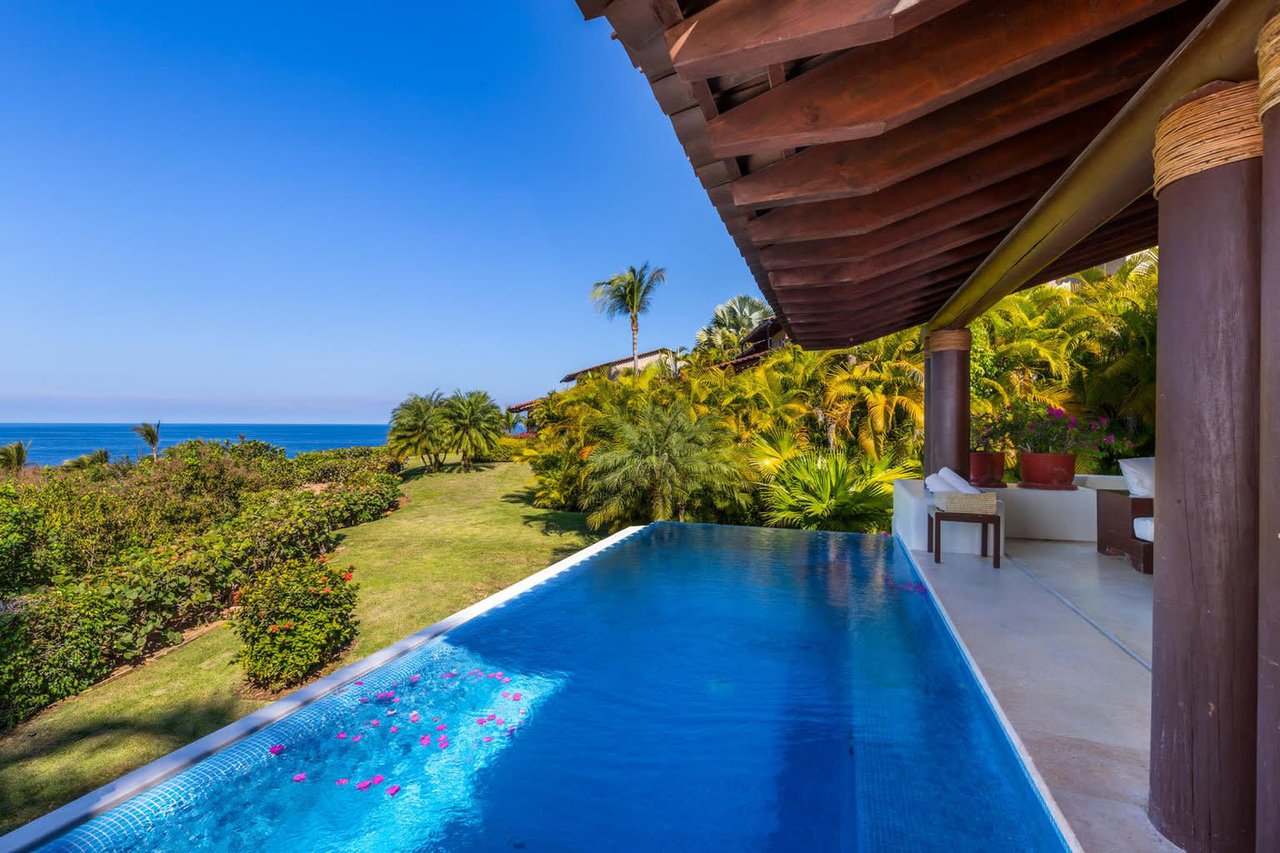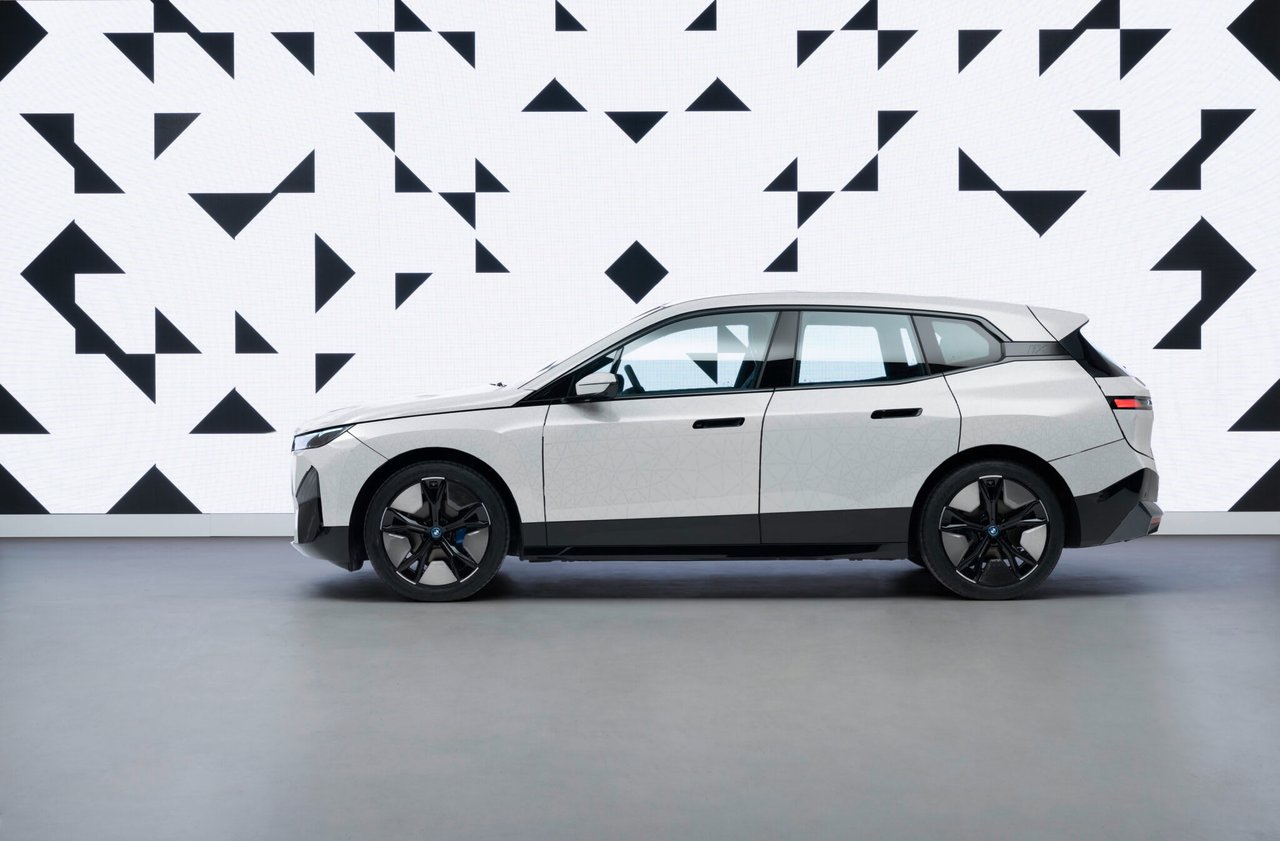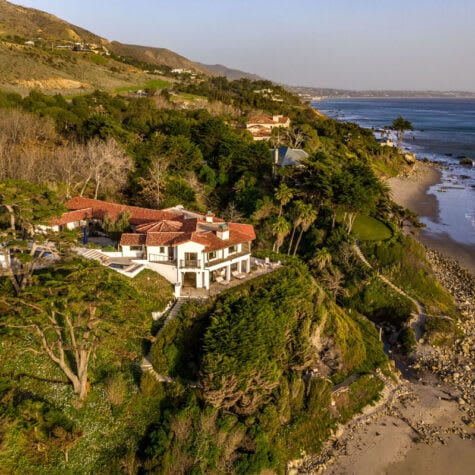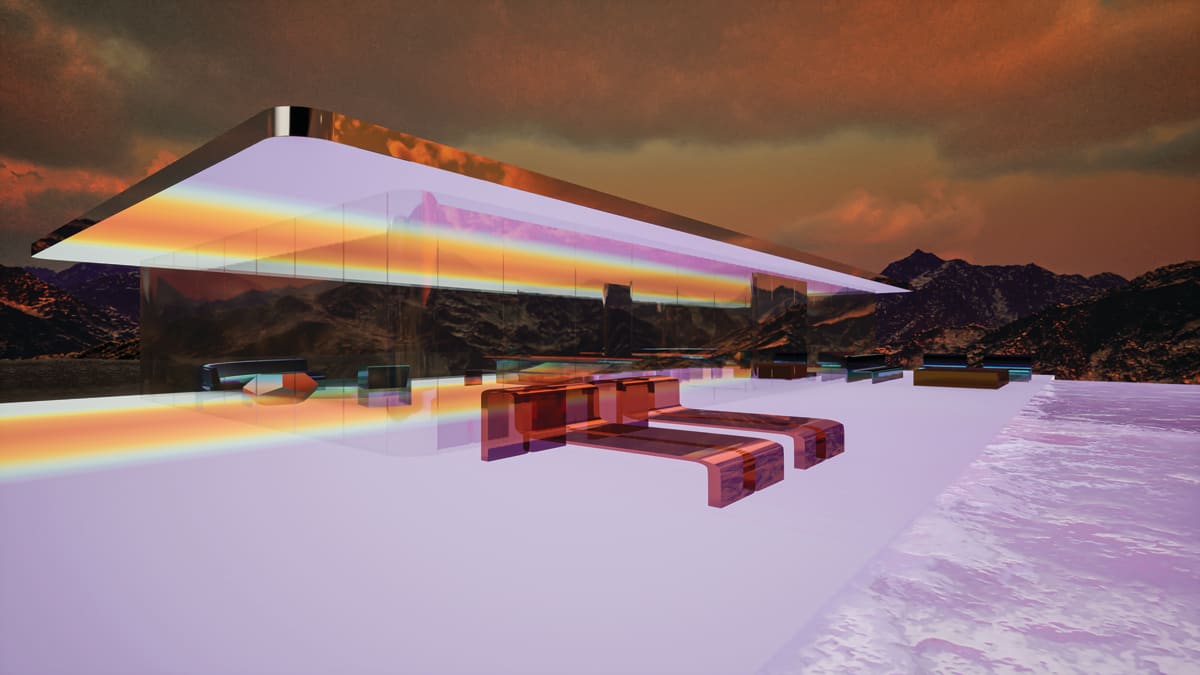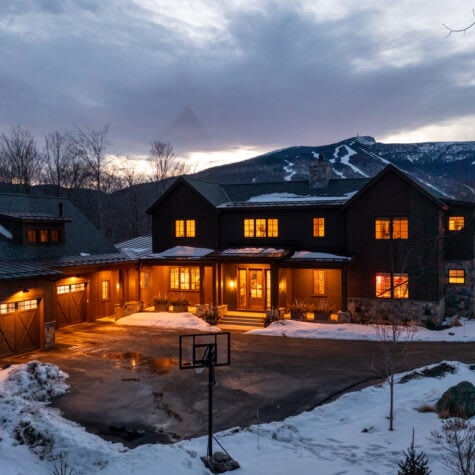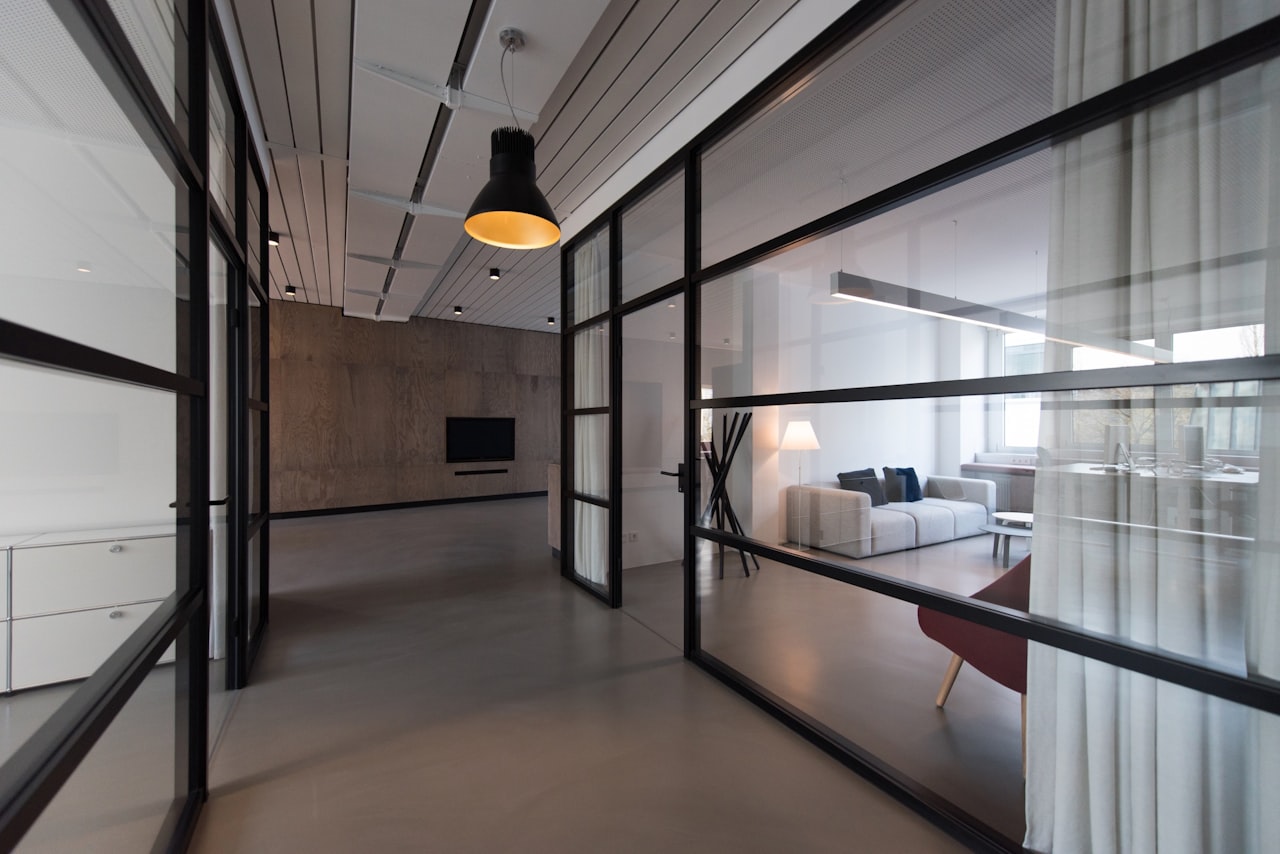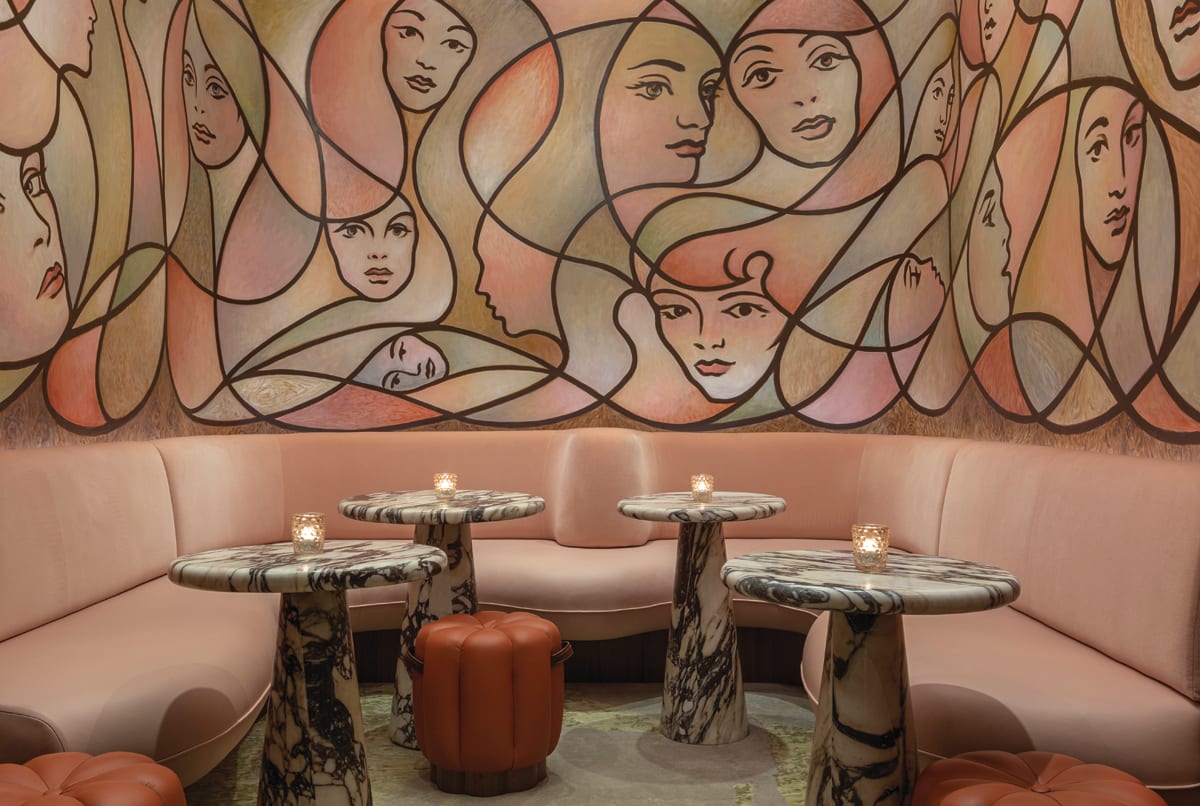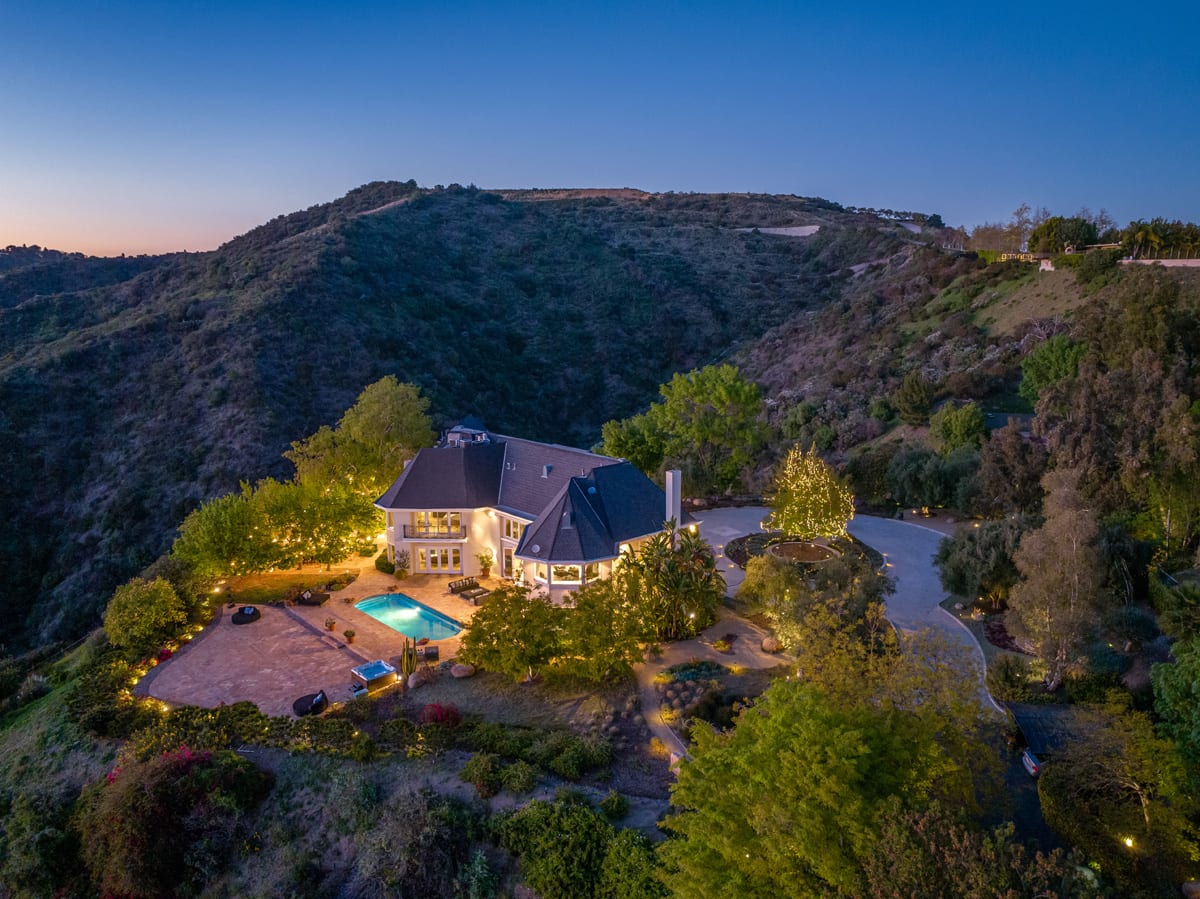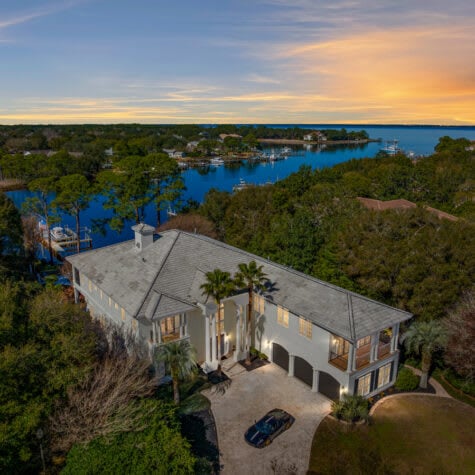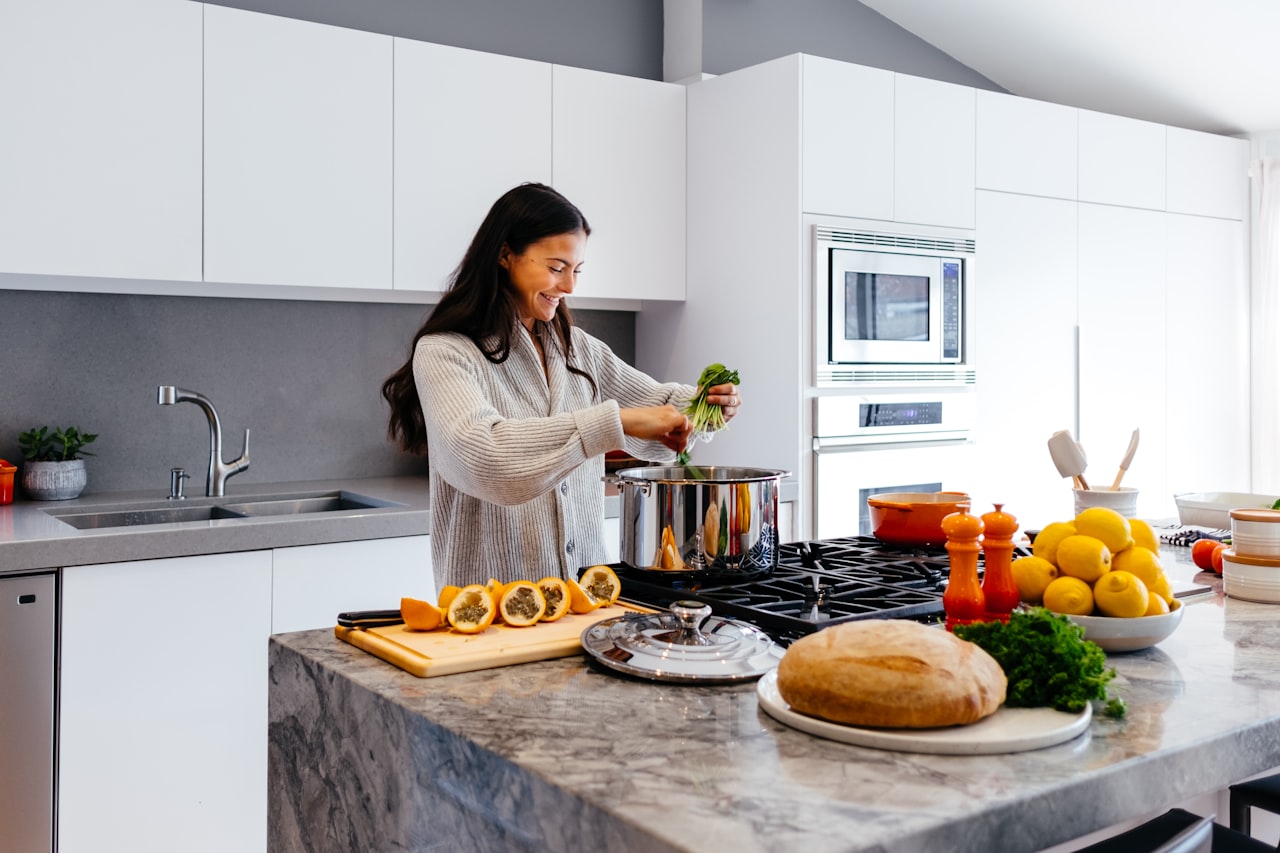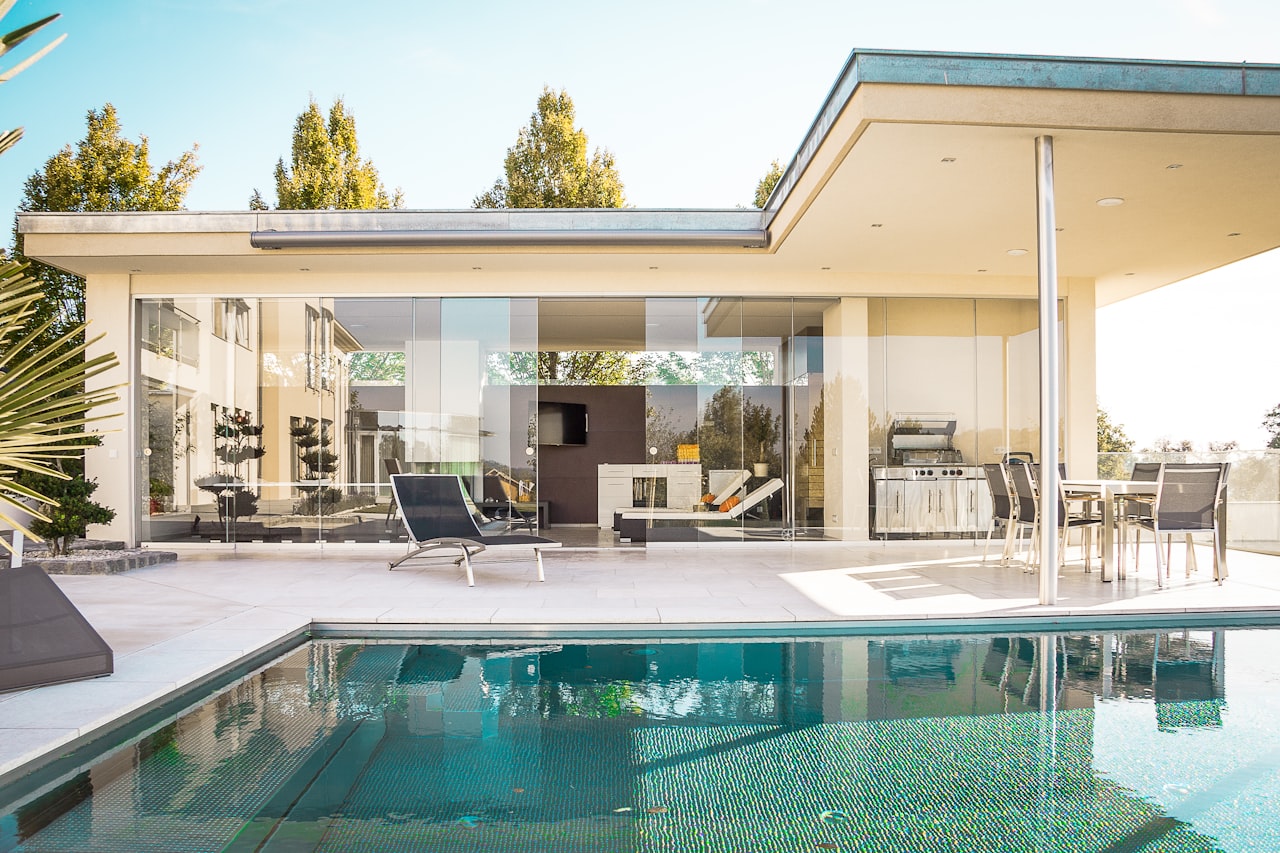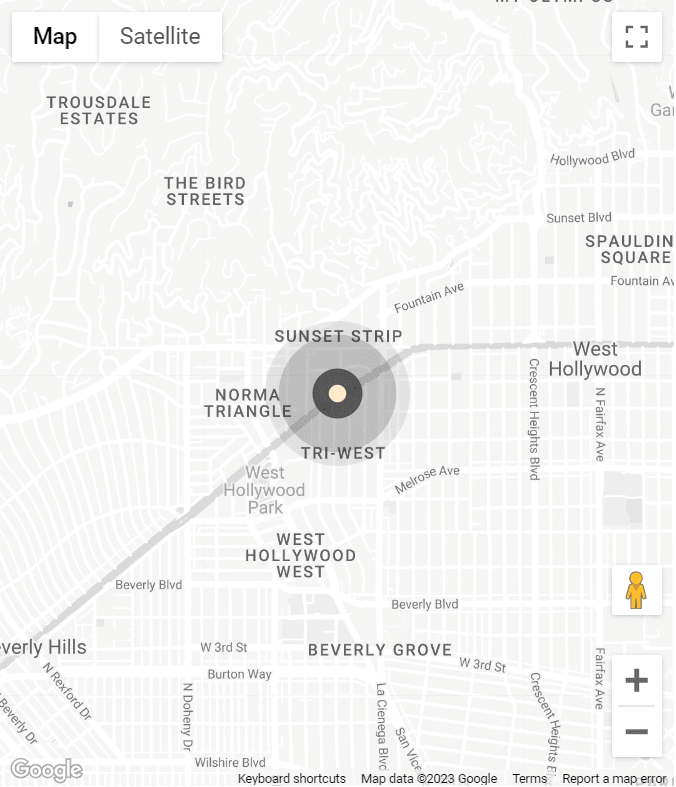“Study nature, love nature, stay close to nature. It will never fail you.” Frank Lloyd Wright had a point – and it was long before the stay-at-home orders during the COVID-19 pandemic entered the picture and helped turn everyone’s gaze to the outdoors.
The benefits humans receive from nature have been well-documented – from enhancing creativity and cognitive functioning to reducing anxiety and stress and improving our overall health and well-being. These are the spaces that biophilic design seeks to fill, operating from American biologist Edward O. Wilson’s 1984 hypothesis that proposed that humans are genetically predisposed to focus on nature and seek connection with nature and other life forms. Of course, architects like Wright have practiced a form of biophilic design for decades, but the pandemic has bolstered interest in designing healthier spaces that provide a stronger physical link to the outdoors, simulate nature, and/or use more sustainable or organic materials. This is not just happening on the residential side, but also on the commercial side as companies are trying to lure employees back into the office with promises of healthier, more sustainable working spaces (among other benefits).

Duan Tran, a partner of Southern California-based KAA Design Group, has watched interest in biophilic design grow over the last two years with a certain amount of satisfaction. The firm has spent the better part of three decades advancing the California lifestyle by emphasizing connection to nature through architecture.
To get his quick read on the post-COVID biophilic boom and where it might go next, we recently caught up with the AIA architect.
Coldwell Banker Global Luxury First, how much does nature factor into KAA’s design work?
Duan Tran Given our firm’s dual platform of both architecture and landscape architecture, we have a unique fundamental design philosophy that seeks to prioritize nature by marrying each of our client’s unique program and lifestyle to its specific site. As a result, nature is evident throughout our work through the considerate site planning and material strategies that ultimately lend themselves to a long-term sustainable design.
Coldwell Banker Global Luxury How would you define biophilic design?
Duan Tran Biophilic design is the practice of connecting people and nature through the built environment. Within each of our projects, we approach this practice with a thoughtful eye toward weaving indoor and outdoor spaces together authentically, to create a dynamic tapestry of seamless layered environments.
Biophilic concepts might include incorporating green walls with plants that help clean the air, or bringing natural materials like wood or stone into spaces. Indoor water features like ponds, waterfalls, or small pools might come into play. Circadian lights with different color temperatures that help keep the body’s internal clock in line or better air filtration systems can also fall under the category of biophilic design.
Coldwell Banker Global Luxury Of course, connecting to nature through architecture or design is not a new thing. However, biophilic design is enjoying a surge in interest.
Duan Tran Given all of the conversations around COVID, my belief is that the latest renewed interest in biophilic design is much more genuine now and moving forward. Whereas in the past, biophilia was seen as an optional program element, it is now seen as a necessity given our client’s greater focus on wellness and health.
Coldwell Banker Global Luxury There’s the direct experience of nature – literal contact with plants or views – and then there’s the indirect experience of using natural materials like wood or stone. What is KAA’s approach to integrating both kinds of experiences into the home?
Duan Tran Our approach to biophilic design often manifests through the blurring of traditional boundaries of the natural and the man-made. In our Monaco Gym and Spa, we imagined this wellness environment to have three man-made walls, and one defined by nature. As a result, one finds themselves in a most unique pool environment, neither fully indoor nor outdoor. Surrounded by the comforts of an indoor space, while immersed within a lush natural environment. For the architectural finishes, organic travertine stone walls and wood planked floors exude a natural warmth that further compliments the space.
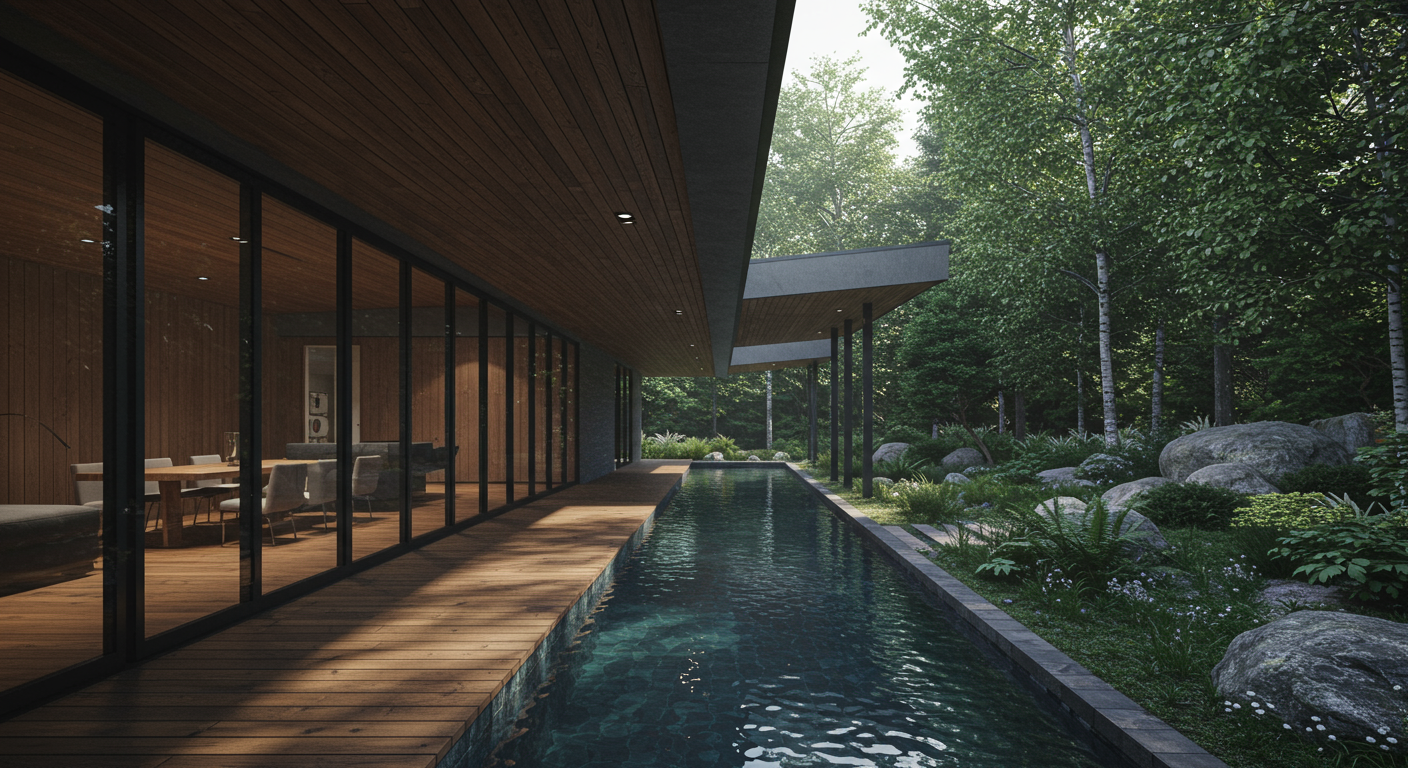
Photography by Manolo Langis
Coldwell Banker Global Luxury What about the role of natural light in biophilic design?
Duan Tran We believe that natural light is an integral component of thoughtful design. Each of our projects seeks to leverage and amplify the benefits of solar orientation to increase daylighting opportunities and solar panel use while managing the challenges of harsh afternoon light through deep overhangs and louvers. Given that humans are largely a diurnal species, thoughtful space planning that takes into consideration of the different levels of natural light throughout the day is also important in our work.
Coldwell Banker Global Luxury What are your clients asking for now, in terms of biophilic design, that they weren’t asking you for two years ago?
Duan Tran Dedicated wellness environments, beyond the traditional gym, are popular now. Within a wellness environment, we often design for a pool, spa, steam, massage, yoga, hot/cold plunges, and even cryotherapy. For many of our clients, this lifestyle component has grown to a level of daily ritual in their quest for self-care.
Coldwell Banker Global Luxury Are there any new approaches to biophilic design that are inspiring you right now?
Duan Tran Absolutely. As advances in biophilic design continue, I am excited about the renewed focus on basic approaches to sustainable and responsible design. For example, homes that embrace the opportunities for fresh air and natural cross ventilation, rather than exist as closed-off oversized air-conditioned boxes. Or opportunities to design and engineer for vegetated roofs “i.e. cool roofs,” to further create usable outdoor spaces while minimizing a home’s heat gain. These are only a handful of exciting approaches that are becoming more the rule than the exception in contemporary home design.
Coldwell Banker Global Luxury Where do you see the future of biophilic design going?
Duan Tran I sense that technology will become more impactful on the design and integration of biophilia in the future. In particular, imagine home automation systems that can automatically open or close large door systems given wind pressure, or window systems that would sense sun brightness and manage the the clarity of the glass to provide the appropriate level of view or privacy. The ease in how these systems would work and be a part of our everyday lives will further allow us to push the boundaries of how homes can more gracefully and responsibly connect to the environment.
Duan is a licensed architect and member of the AIA. He is also a member of the prestigious Leaders of Design Council, the Board of Directors for A+D Museum in Los Angeles, and the Advisory Board for Miami (OH)’s College of Creative Arts. Duan has also been invited to serve on several academic design juries, as well as a guest panelist for several design and industry media events.
